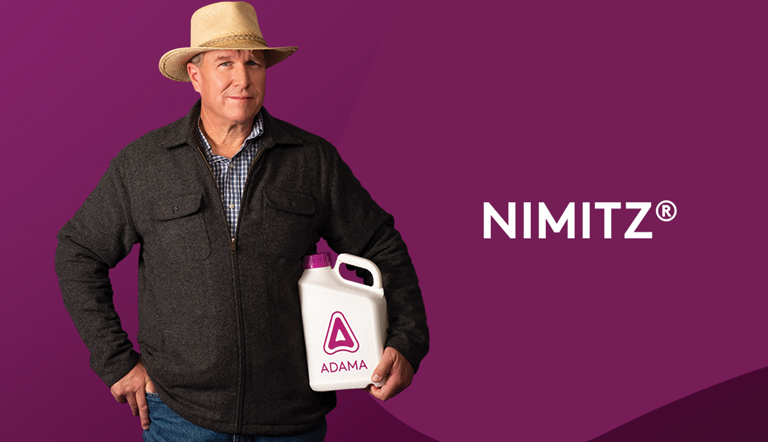
Potato farming in South Africa

Previously, the bulk of South Africa’s potatoes were grown by smaller growers and a handful of large producers. Today, the industry is dominated by large operators.
This might have been due to the fact that commercial varieties then were more suited to conditions in the Northern Hemisphere, and farming potatoes in South Africa was beset by challenges.
Once varieties were locally developed to suit our climate and be more tolerant of the prevailing pests and diseases, production increased dramatically.
According to Potatoes SA, South Africans have eaten twice as many potatoes over the past decade than in the decade before it.
There are 570 potato farmers in South Africa across 16 production regions, and the industry employs between 50 000 and 60 000 permanent and seasonal labourers. With 51 000ha under potatoes, our growers produced 2.6 million tonnes and delivered 263-million 10kg pockets in 2020. This is comparable to output of the USA and Germany.
How are potatoes grown in South Africa?

The Free State, Limpopo and the Western Cape account for around 70% of the production of potatoes in South Africa. Each potato-growing region has a specific window for planting and harvesting potatoes due differing climate conditions and diverse soil types. This means that South Africans are able to enjoy locally grown potatoes all year round.
Potatoes are grown from tubers or seed potatoes. In frost-free areas, these can be planted from August through to the following June; where frost is experienced, growers have a shorter planting period, which ends in early January.
Potato pests and diseases in South Africa

Potato plants are highly susceptible to a wide variety of diseases and pests. These include: late blight, early blight, botrytis, black dot, black scurf, dry rot, mildew, fusarium wilt, verticillium wilt, stem rot and common scab; stem canker, pecto bacterium and bacterium wilt; root-knot nematodes and potato cyst nematodes; tuber moth, leaf miner, cut worms, aphids and bollworm; leaf roll; and broad-leaf and grass weeds.
A thorough plant protection spray programme, with weekly applications throughout the growth cycle of the potato plant is recommended in a preventative disease and pest management strategy.
It is important that potato farmers scout for pests and diseases regularly. Identification can be another challenge. Growers are welcome to take pictures of any pests or diseases on their crops and email them to infocpt@adama.com or infojhb@adama.com - ADAMA’s specialists will be happy to identify them and recommend the most efficient control measures.
Crop protection for potato farmers

ADAMA provides complete protection for potato crops, including innovative best-in-class solutions, like the recently launched nematicide Nimitz®.
We aim to assist farmers in realising the full potential of their crop at harvest through optimal potato crop management and protection. This brochure unpacks the pests and diseases affecting South African potato crops in more detail, and provides the solutions available from ADAMA.

Sustainable Potato Farming
Sustainable farming practices have been shown to be profitable as they ensure soil health, boosting yields and supporting long-term success. These are the three principles:
- Minimal soil disturbance. Tillage leads to loss of soil organic carbon (SOC), breaking up the soil and exposing organic matter. Reducing or eliminating tilling therefore restores/conserves SOC.
- Surface coverage. Retention of crop residues will positively impact SOC. In areas with low fertility, integrated nutrient management should be applied to regenerate SOC. (A soil pH of between 5.2 and 6.4 is most suitable for potato farming. Before planting, it’s advisable to conduct a soil test to see if any amends need to be made.) Residue cover can also reduce diseases, pests and weeds, and prevent erosion and nutrient leaching.
- Diverse crop rotation. Different crops draw water and nutrients at different rates and change the soil in different ways. The elimination of monoculture and careful incorporation of certain cover/forage crops into rotations.
Applying these principles will:
- Increase the level of carbon in the soil
- Increase the number and diversity of beneficial organisms in the soil
- Reduce fertiliser requirements
- Protect the soil from extreme weather
- Prevent weeds from taking over
- Assist in breaking disease cycles, and
- Spread financial risk

Precision farming
Precision agriculture, which incorporates many facets of AgriTech, can support and maximise sustainable agricultural practices. Farmers using precision farming methods are better able to monitor field conditions.
This allows them to select the best options for precise sowing, harvesting, irrigation, and precise application of fertilisers and pesticides, improving quality, yield, profitability, efficiency, safety and sustainability.
POTATO INDUSTRY NEWS
Dumping: The chips are down
The market for potatoes is divided into the formal fresh market, informal market, seed, processing and export market of which the formal market is the largest. The formal market is the largest sector and of this, imports make up 25% of South Africa’s processed potato market.
A recent report by the International Trade Administration Commission found that some members of the local potato industry had “suffered material harm due to the anti-competitive practices” of companies in Germany, the Netherlands and Belgium, who had “dumped” frozen French fries (chips) on the market in southern Africa.
In July 2022, higher duties for imported frozen potatoes from these countries were introduced to protect the domestic industry. The duties are up to 181% on chips from German producers, 104% for those from the Netherlands, and 23% on most of those coming from Belgium.
Willie Jacobs, CEO of Potatoes South Africa, said that the tariffs were a corrective measure in line with World Trade Organisation guidelines for trade-distorting practices, and that they specifically protect small-scale producers. “This [measure] might not seem like a lot, but it’s significant to the primary industry, especially for new entrants,” he told Farmer’s Weekly. “[Entry-level] farmers can supply unwashed and unpackaged potatoes directly to processors, which significantly reduces producers’ overhead costs.”